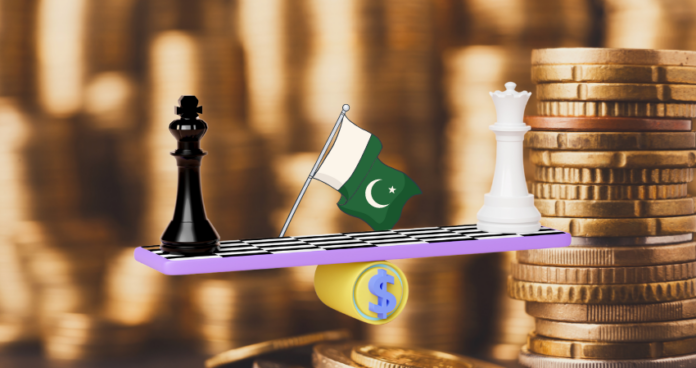Pakistan has posted its lowest fiscal deficit in nine years, recording a 5.38% deficit for the fiscal year 2025 (FY25). This is an improvement over the government’s revised forecast of 5.6% and the IMF’s projection of 5.6%, surpassing expectations for both, according to Topline Securities.
The fiscal deficit reduction is largely attributed to a 36% year-on-year (YoY) growth in total revenues, which outpaced the 18% growth in expenditures. Notably, non-tax revenues saw a 66% increase, primarily driven by a Rs2.62 trillion dividend from the State Bank of Pakistan (SBP), up from Rs0.97 trillion in FY24. This was supported by higher interest rates and an expanded balance sheet.
Tax revenues also saw an impressive 26% YoY growth, driven by a 26% increase in Federal Board of Revenue (FBR) collections. Over the past five years, FBR revenues, including Petroleum Development Levy (PDL), have more than tripled, rising from Rs4.3 trillion in FY20 to Rs12.9 trillion in FY25. During the same period, Pakistan’s GDP increased by 2.75 times, from Rs41 trillion to Rs114.6 trillion.
The FBR tax-to-GDP ratio reached a seven-year high of 11.3% in FY25, compared to 9.7% in FY24 and an average of 9.9% from FY20 to FY24. This increase includes the significant rise in PDL, which the government used to replace sales tax to avoid sharing revenue with provinces.
Pakistan also recorded a primary balance surplus of 2.4% of GDP, the highest in recent history. This surplus was achieved as revenue growth outpaced expenditures, surpassing the government’s revised projection of 2.2% and the IMF’s forecast of 2.1%.
Interest expenses as a percentage of FBR taxes fell to 76%, down from 88% in FY24, thanks to controlled interest expenses resulting from lower rates.
Public Sector Development Programme (PSDP) spending as a percentage of GDP increased to 2.6% in FY25, up from 1.9% in FY24, though still below the historic high of 5% reached in FY17.
Looking ahead, Pakistan is expected to post its third consecutive year of primary surpluses in FY26, marking the lowest fiscal deficit in two decades, projected at 4.0-4.1% of GDP.




